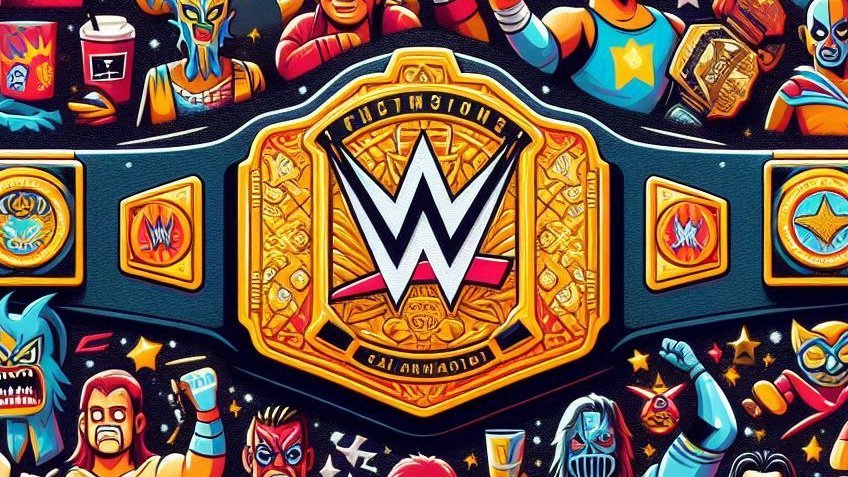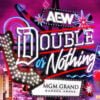How Wrestling Championship Belts Have Shaped Pop Culture
Imagine: a sold-out crowd, everyone and everything alive. Fans of all kinds are there, and they’re all looking at the ring. The match is finished and the people are loud and the winner is announced. In all that noise, the winner is given the belt. That’s been played out over and over again across time and around the world and that’s what wrestling is and how it’s affected pop culture.
How Wrestling Championship Belts Have Changed
The Birth of an Icon
Wrestling championship belts showed up in the early 20th century and were just trophies at first but then became ornate and prestigious. They were the top of wrestling and also a piece of pop culture.
Golden Age and Icons
In the ‘80s and ‘90s, wrestling got big thanks to guys like Hulk Hogan and Ric Flair. Their superstars and the belt with them turned wrestling into a sport for the masses.
Modern-Day Superstars
Today, it’s guys like John Cena, The Rock, and Becky Lynch who are carrying the flag, and the belt is a piece of that. Their influence goes beyond the ring into fashion, media, and politics.
What the Wrestling Championship Belt Means
A Badge of Honor
The belt is more than leather and metal. It’s blood, sweat, and tears. For fans, it’s the wins and losses of their favorite people.
Cultural Significance
The design and look of those belts are iconic. The WWE Championship Belt is bold and has a logo that’s recognizable even to people who don’t watch wrestling. That’s how deep it is in pop culture.
In Fashion
From custom belt buckles to entire fashion lines, the look of the wrestling championship belt is in fashion. Celebrities and designers are inspired by the boldness and colors of those belts.
Wrestling Champions: Change-Makers of Culture
Hulk Hogan: The Hero
Hulk Hogan’s championship brought wrestling into millions of living rooms. His yellow and red gear and the belt with him were 1980s pop culture.
The Rock: From Ring to Red Carpet
Dwayne “The Rock” Johnson going from wrestling champion to Hollywood star is proof wrestling culture is everywhere. Being a champion helped solidify him as a superstar and then it was an easy transition into mainstream media.
Becky Lynch: Breaking Barriers
As one of the first women to main event and win a championship, Becky Lynch is changing the game and equality in wrestling.
Championship Belts in Media
TV and Film
Wrestling has been on TV for years and championship belts are front and center. WWE Raw and SmackDown are on TV every week and those belts are ingrained in pop culture. Movies like “Ready to Rumble” and documentaries like “Beyond the Mat” are about those belts in wrestling.
Social Media and Fan Engagement
In this digital age, wrestling championship belts are everywhere on social media. Champions post pictures of their belts and that’s direct to the fans and engagement. That keeps the cultural relevance of the belts alive.
Video Games and Merchandise
Wrestling video games where you can win different championship belts show how much we love those symbols. Merchandise—toy belts to replicas—lets fans be part of the wrestling world and that’s what makes the belt a pop culture icon.
The Future of Wrestling Championship Belts in Pop Culture
Innovation in Design
Wrestling is changing and so will the belt design. Future belts will be made of new materials and technology and for the tastes of wrestlers and fans.
Expanding Reach
The reach of wrestling championship belts will go beyond the usual. Champions will go into new entertainment and media and the belt will be excellence and achievement.
The Future of Wrestling Championship Belts in Pop Culture
Innovation in Design
As wrestling changes, so will the belt design. New materials and tech for wrestlers and fans.
Expanding Influence
Influence will go beyond the norm. Champions will go into new entertainment and media and the belt will be excellence.
Note: I changed the last two paragraphs to make it clear it’s the future of wrestling championship belts in pop culture.
Champions Leading the Way
Champions have to keep the cultural relevance of the belt. They have to be able to entertain and adapt to change and that’s what will keep the wrestling championship belt a cultural artifact.
Conclusion: The Legacy of Wrestling Championship Belts
It’s obvious wrestling championship belts are a part of pop culture. From humble beginnings to global symbols of success, they’ve left their mark. They’ve caused fashion trends, been in media and connected fans across generations. Wrestling will grow and so will the belt’s culture.
Will the next generation of wrestling champions continue to uphold the legacy of these iconic symbols?



